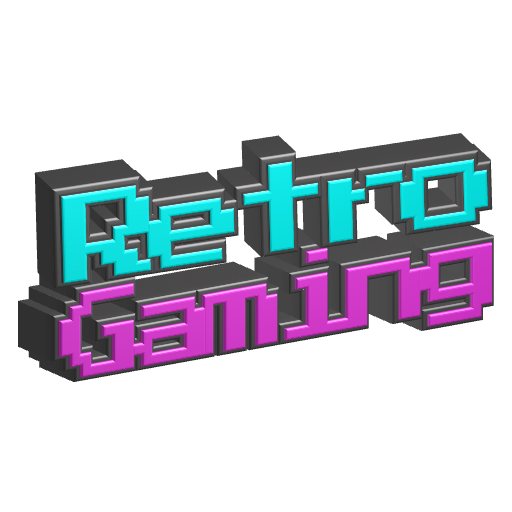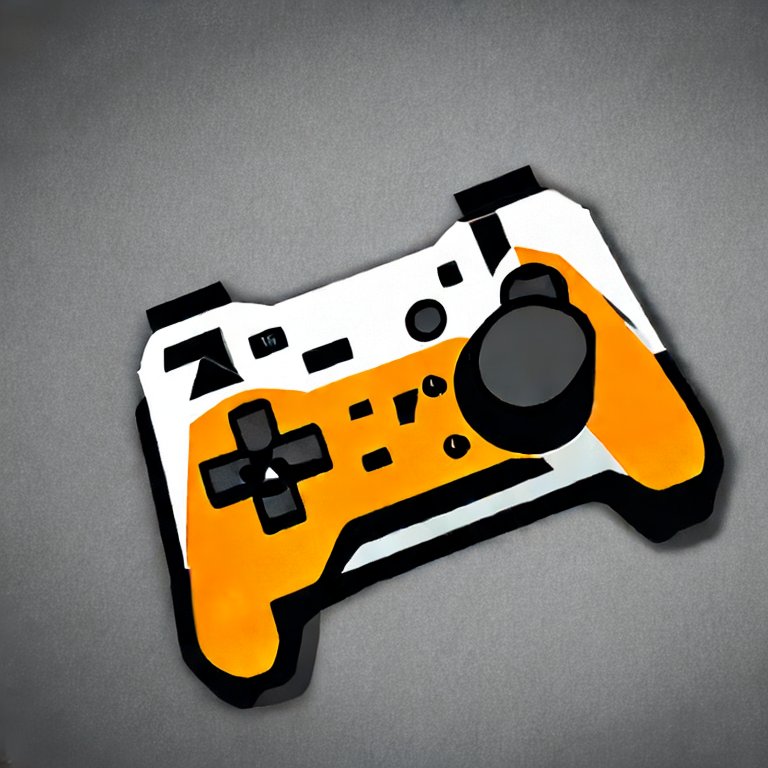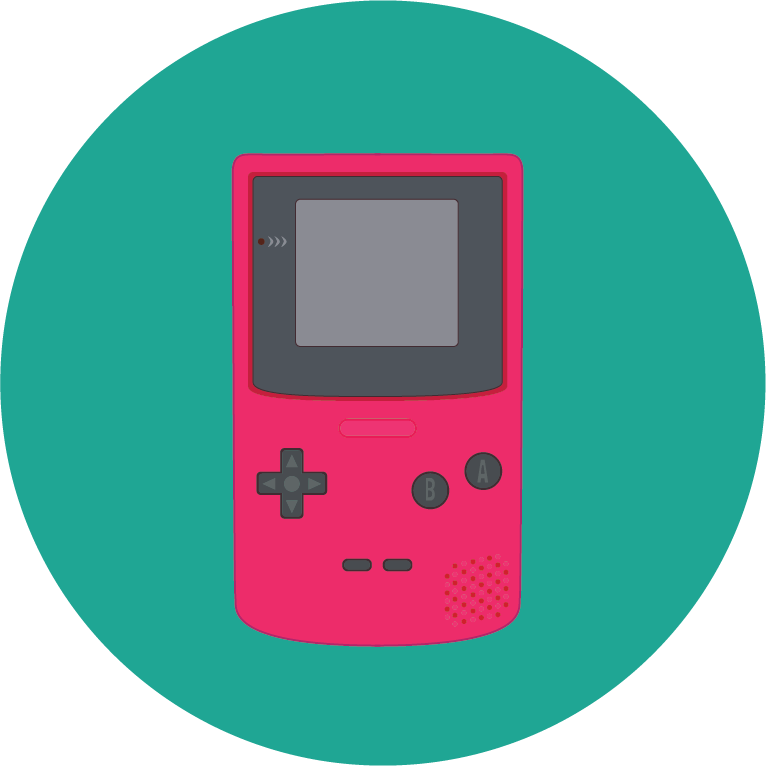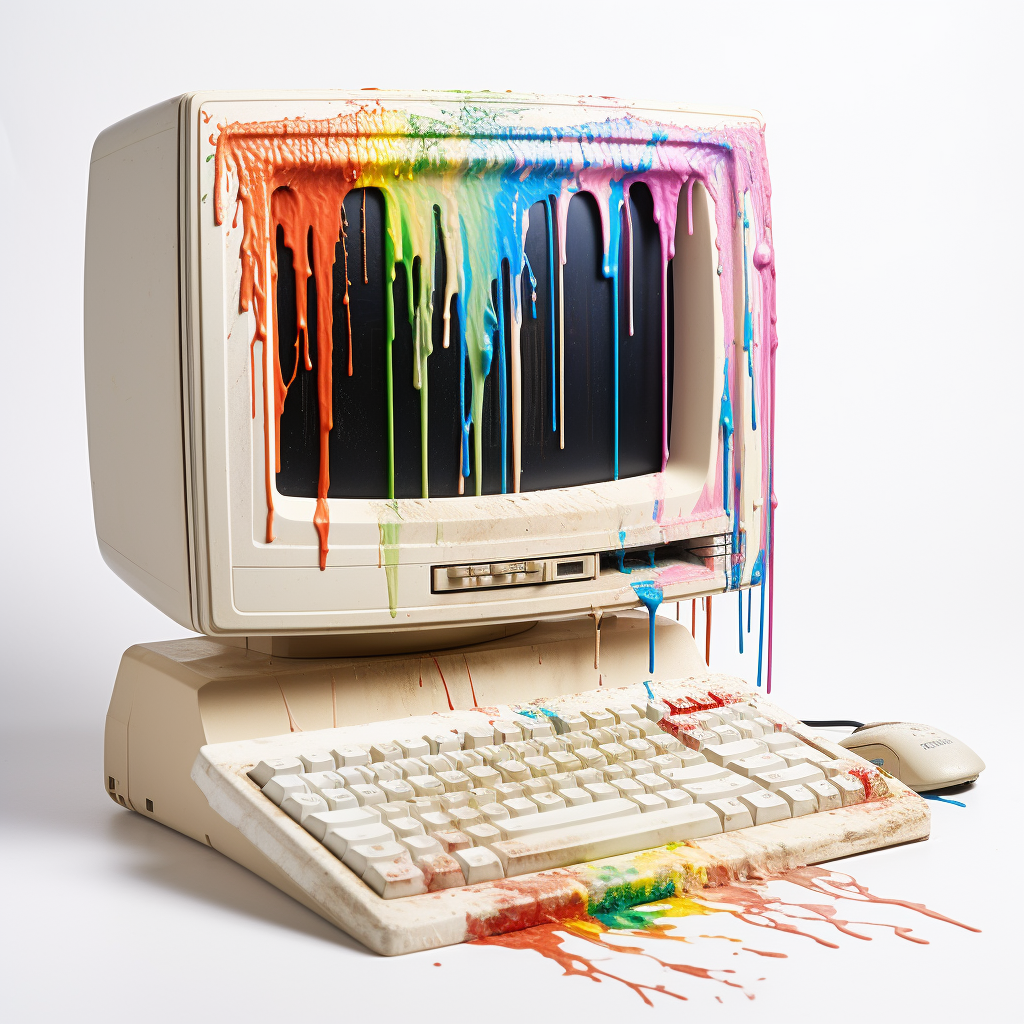

I remember clearing drive space on my first computer once, I went off of install size and anything other than a couple of key games that took up multiple hundreds of Mb got the boot and anything less than 100 Mb stayed installed for a bit longer. When you’ve only got a 40GB drive, thems the choices you have to make!
Meanwhile I’ve seen Fortnite literally fail to update with less than 100GB free because it needs to modify so many files in its gigantic install







Not in a single drive yet, but very viable in a single server these days.